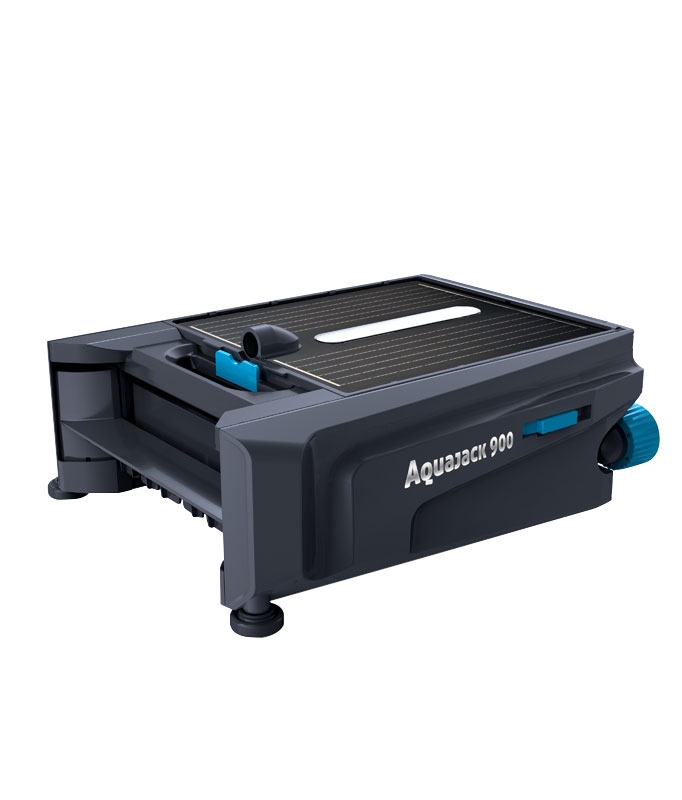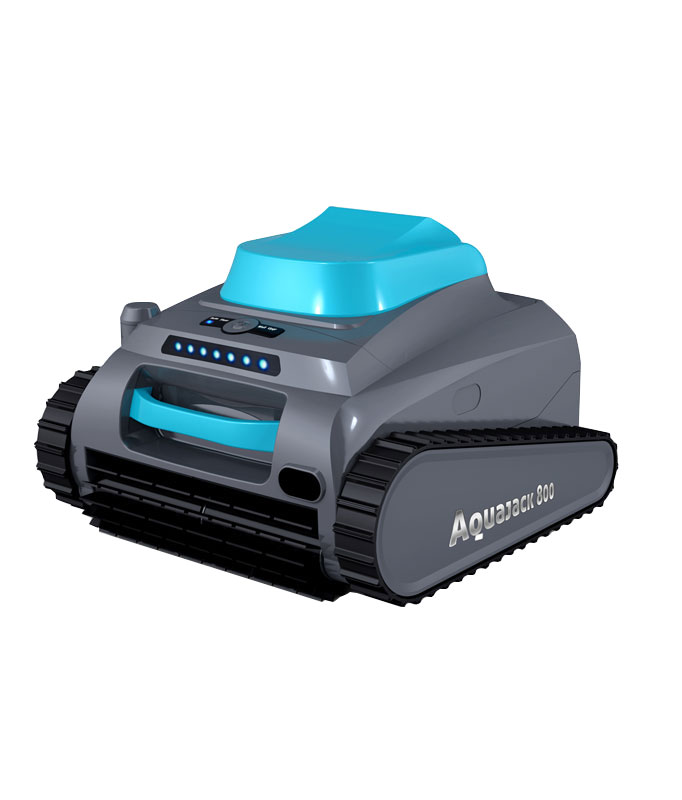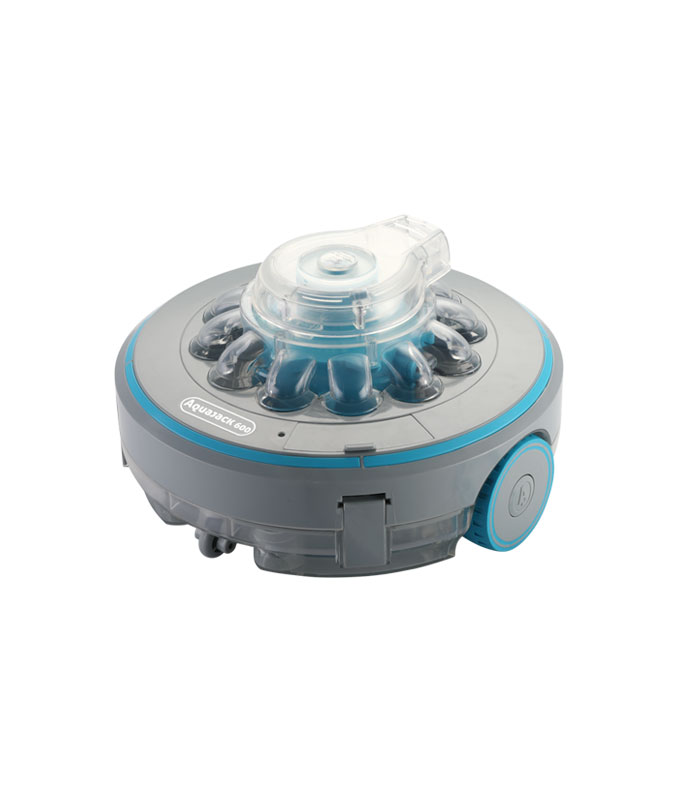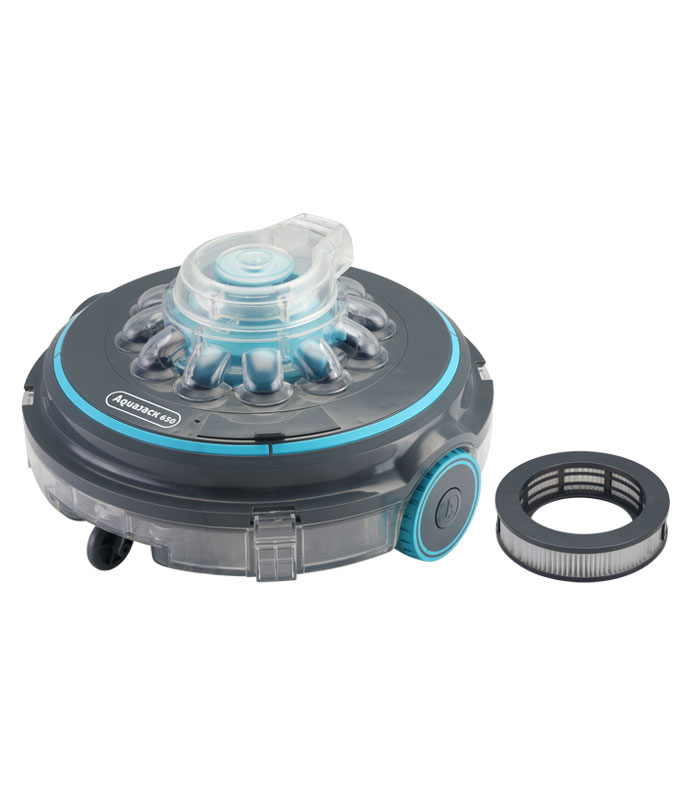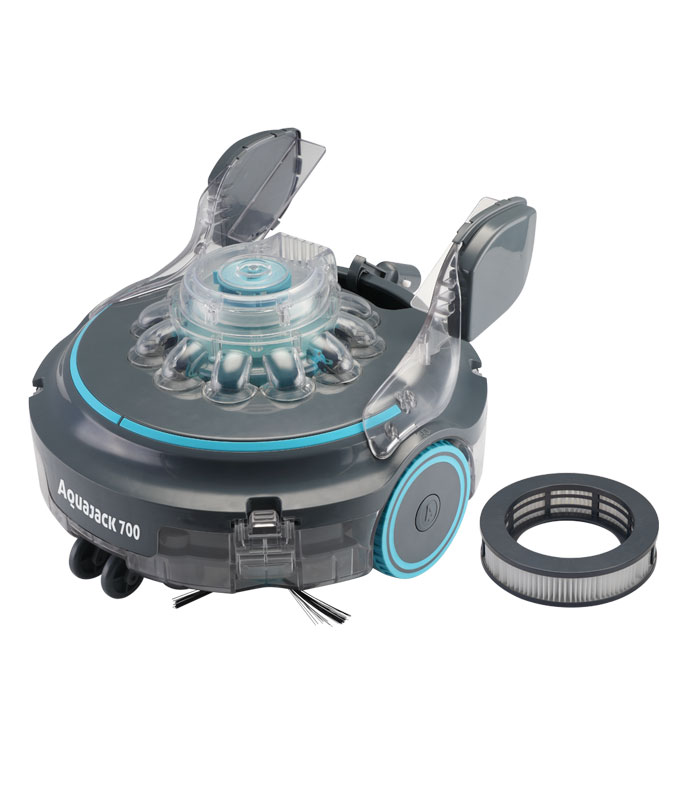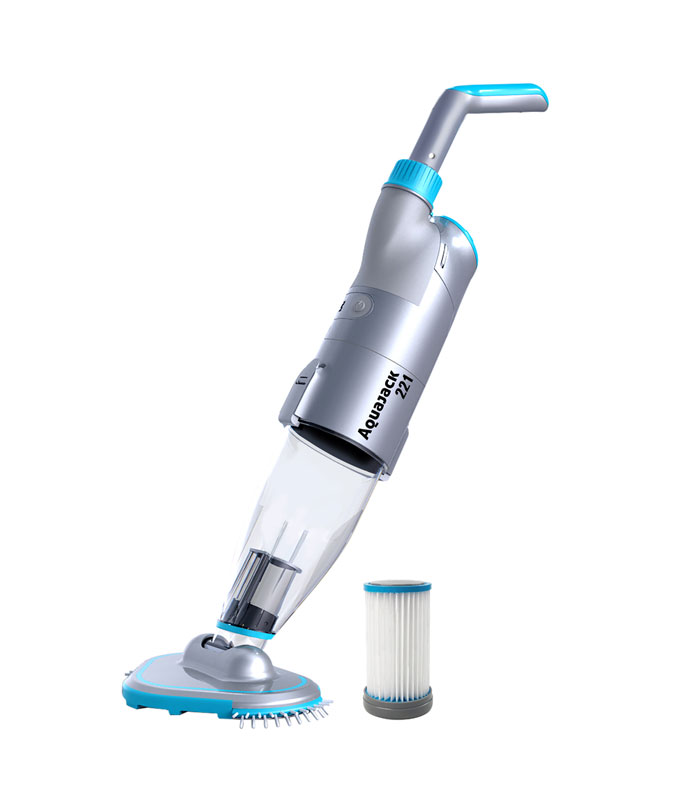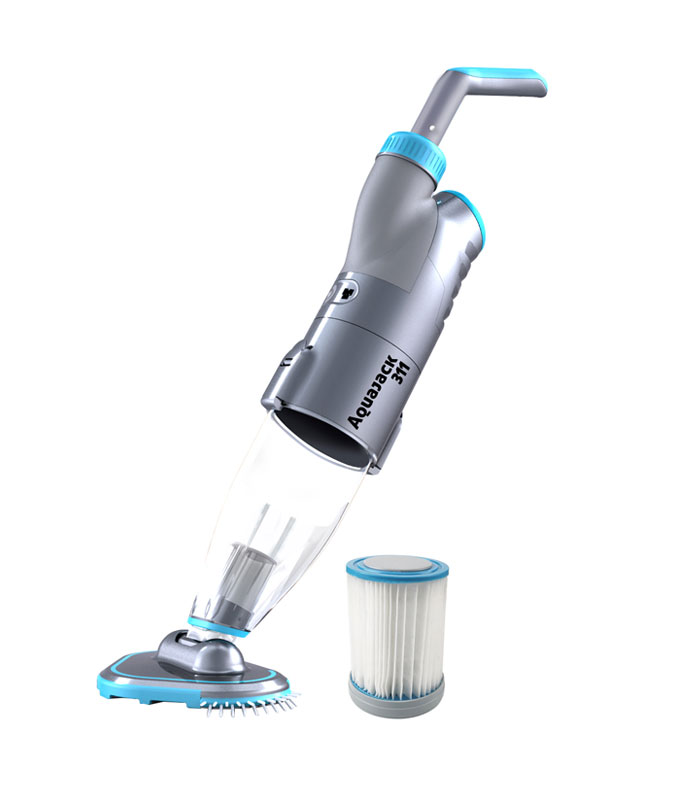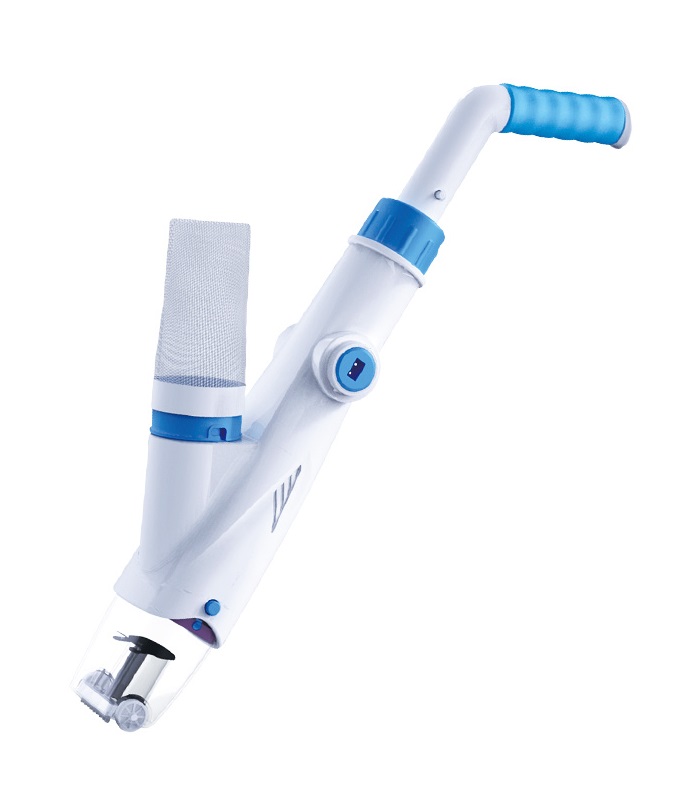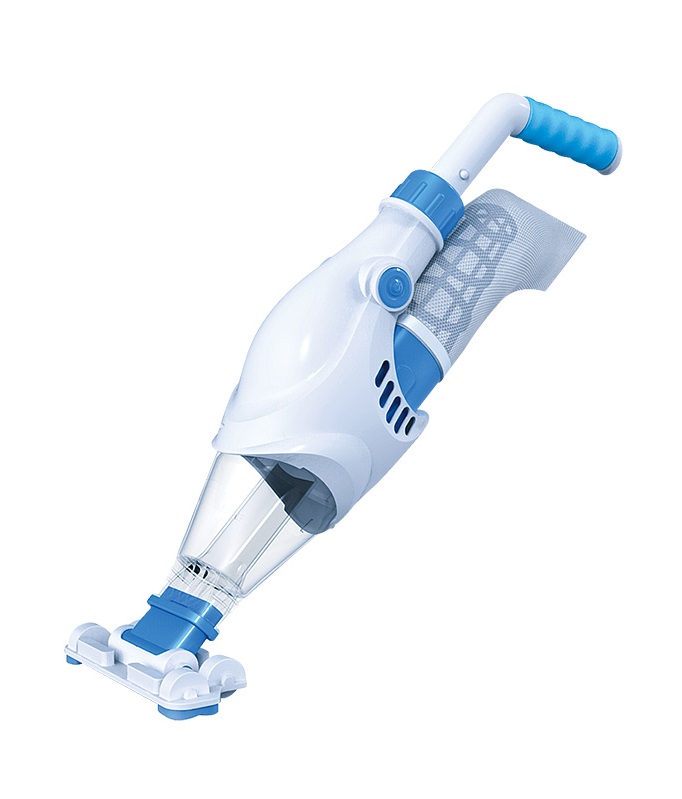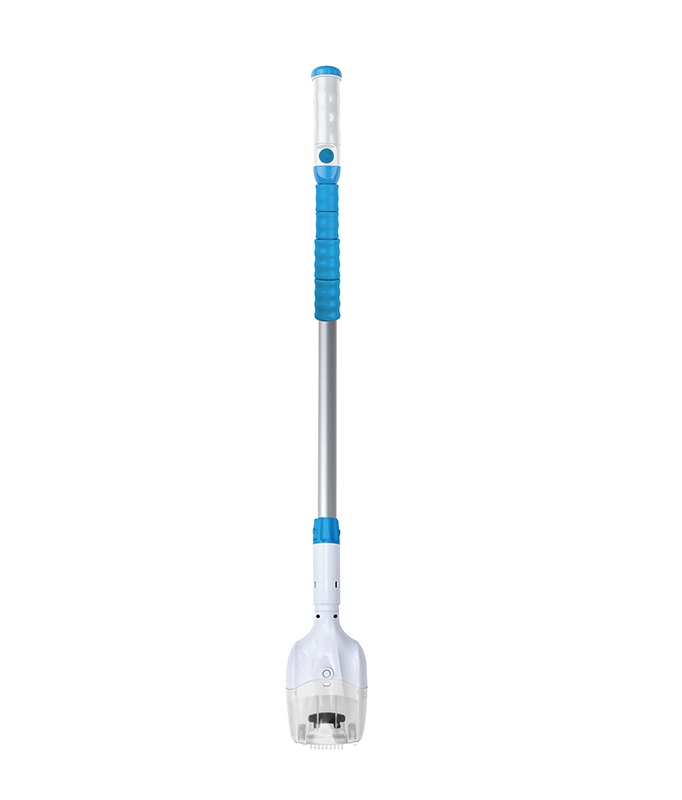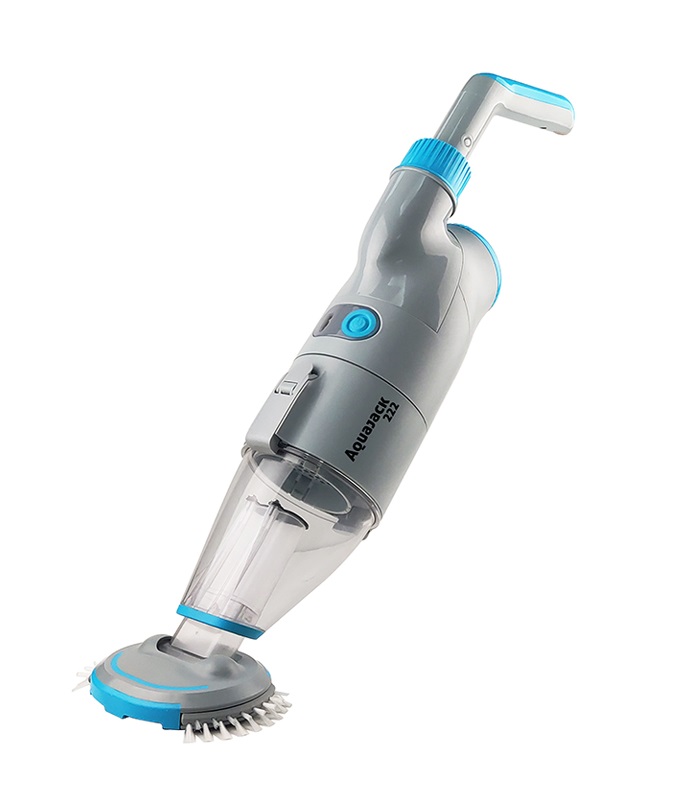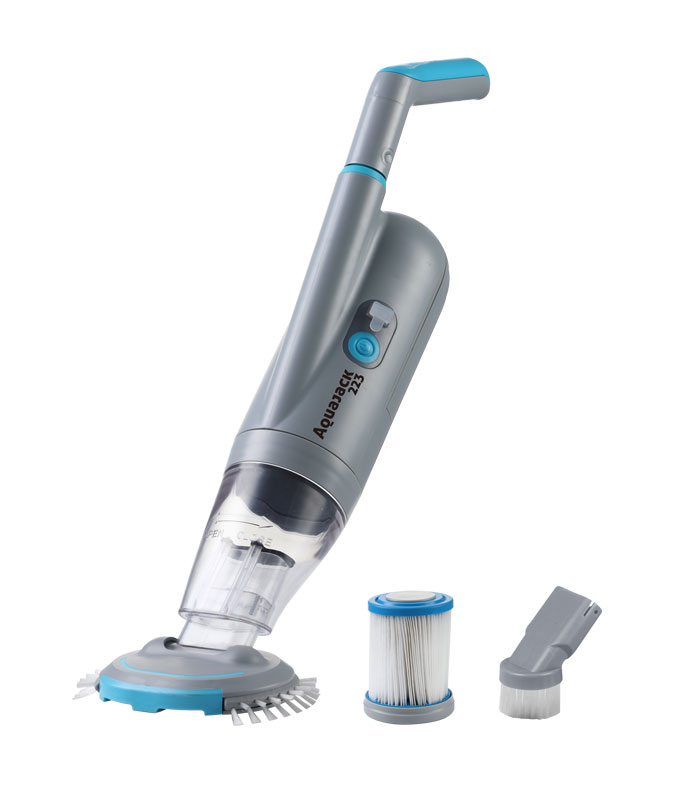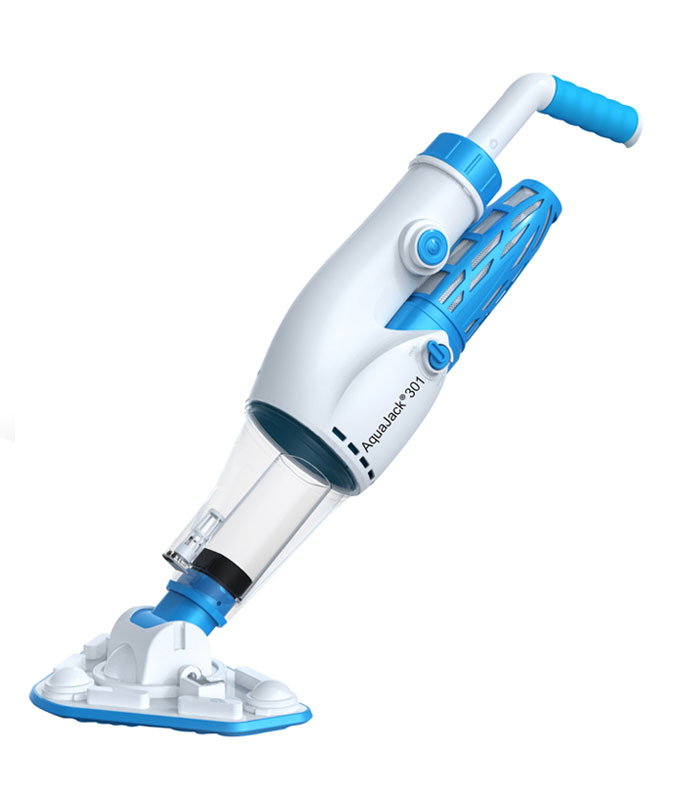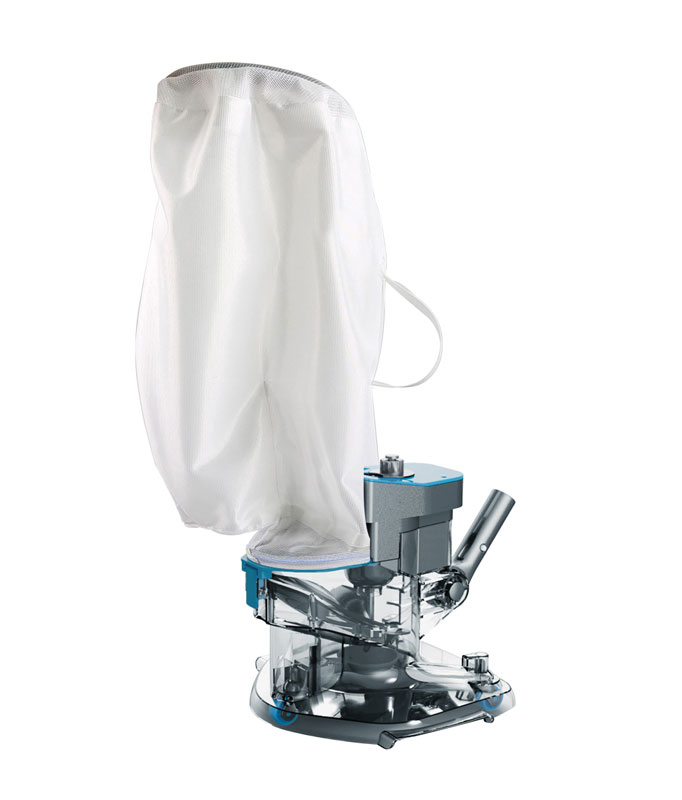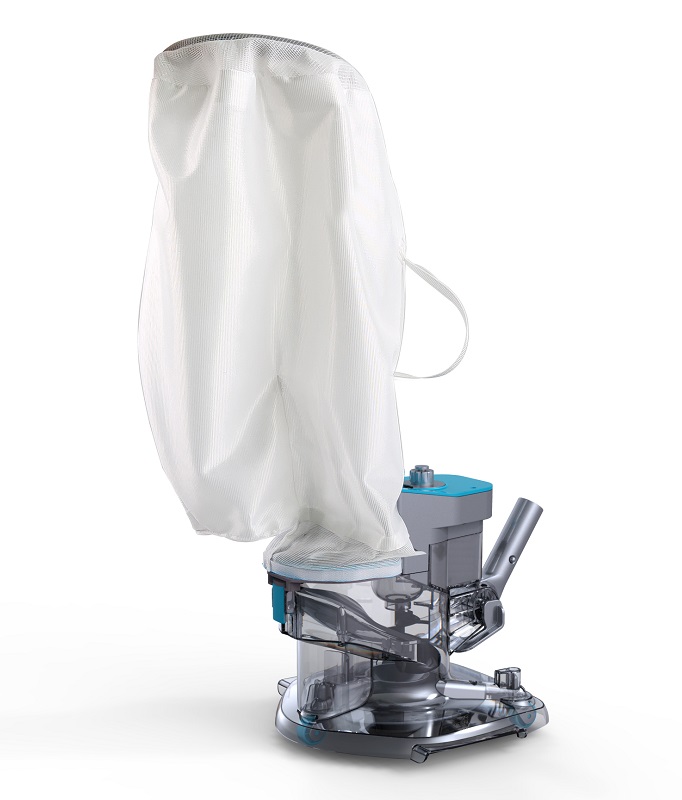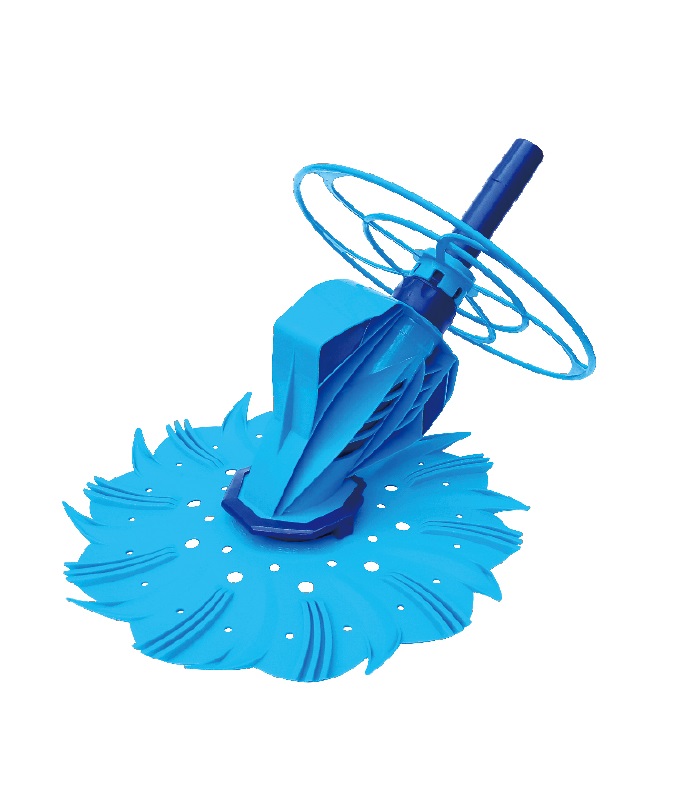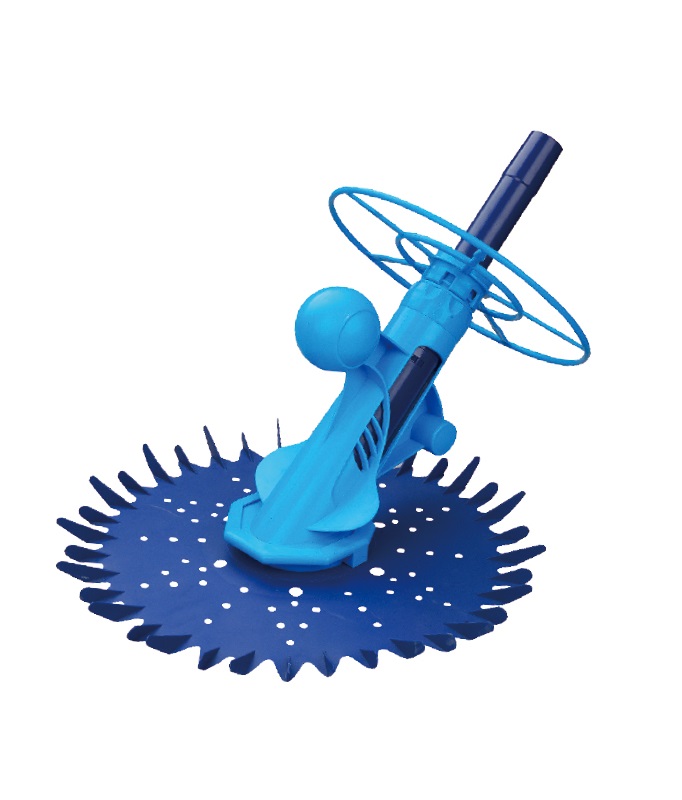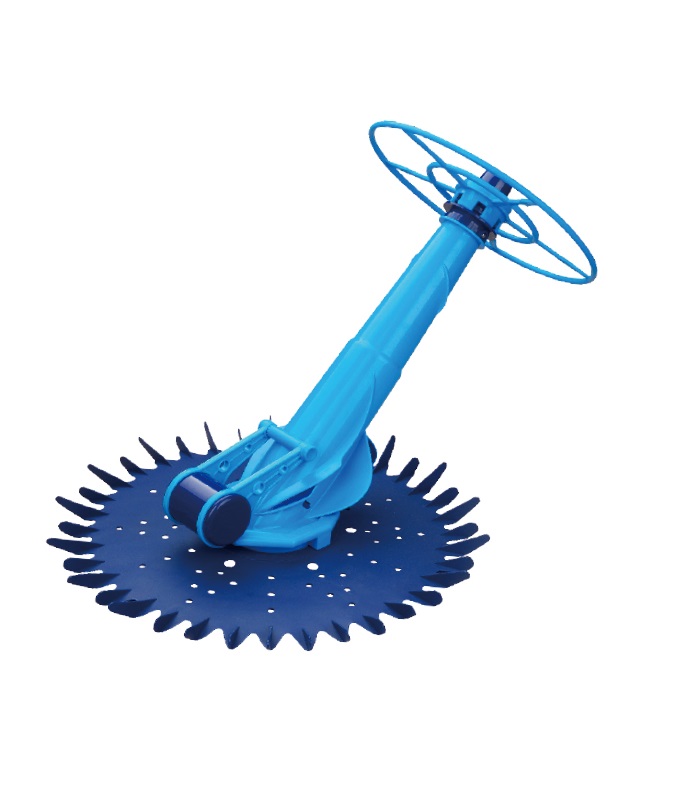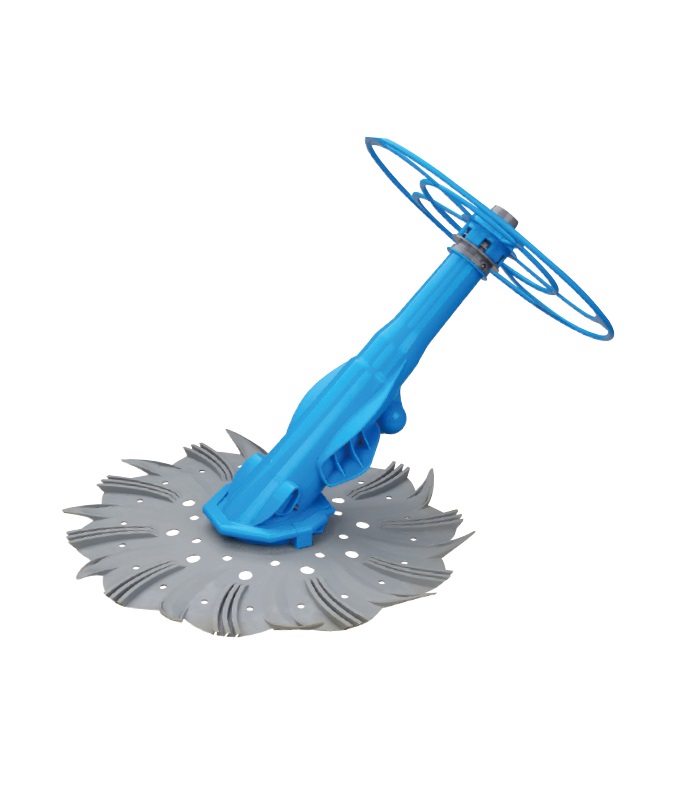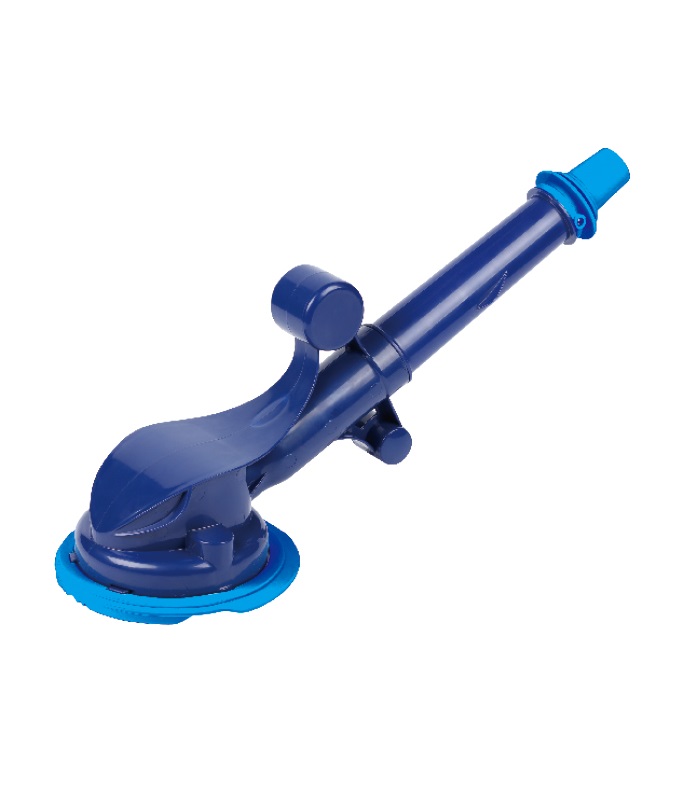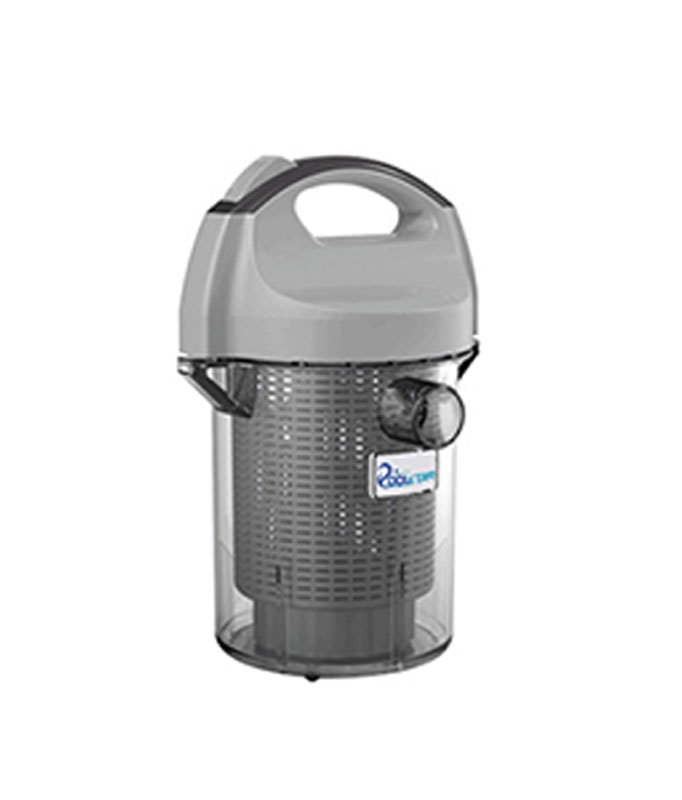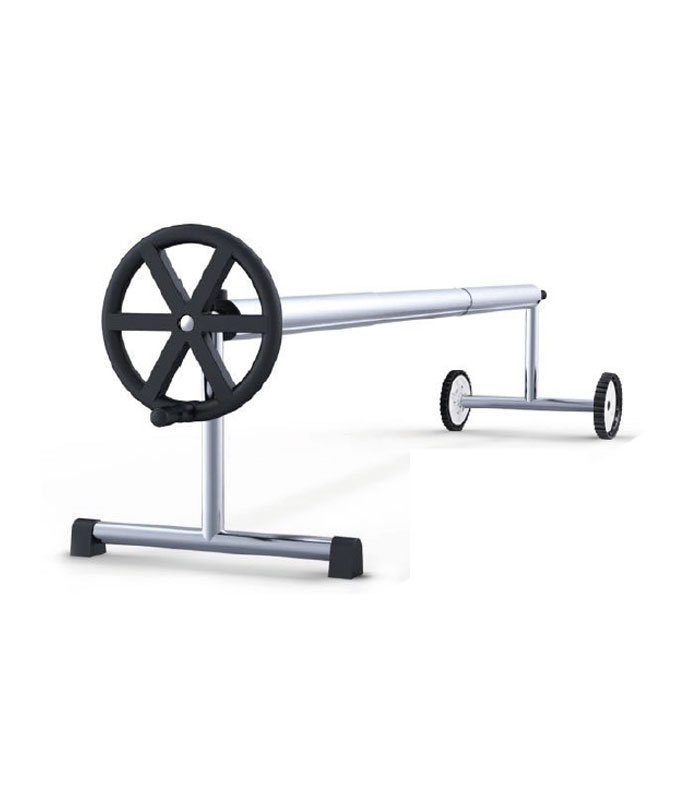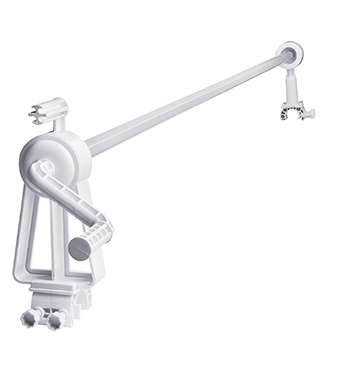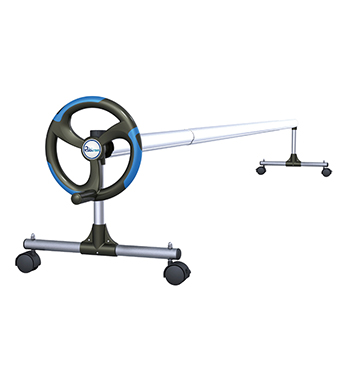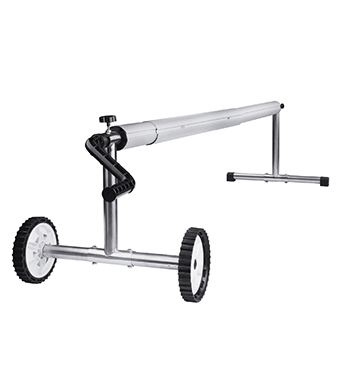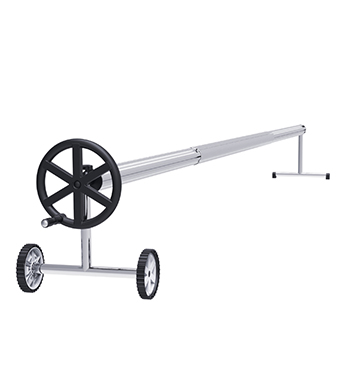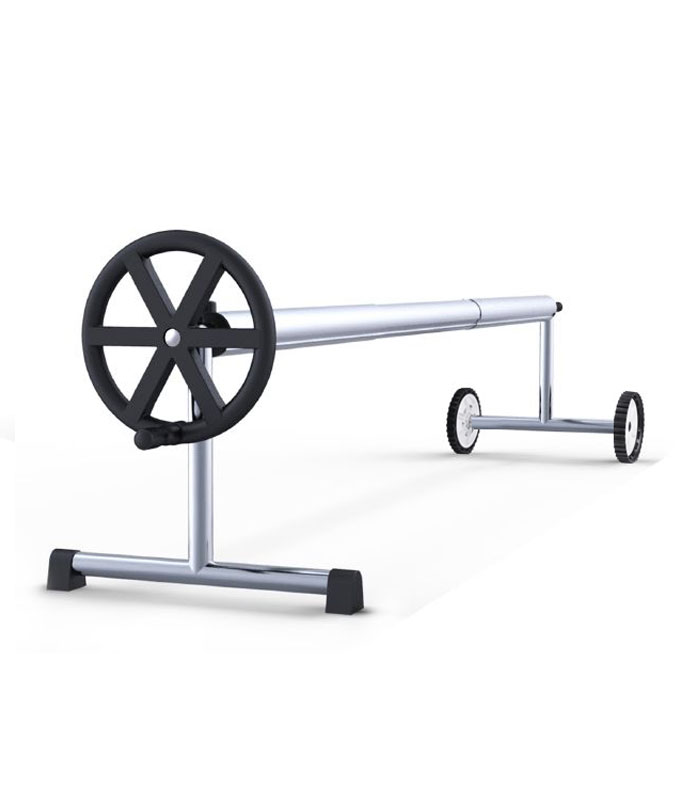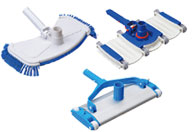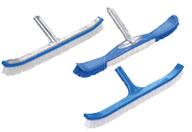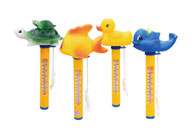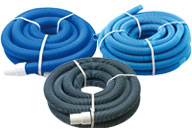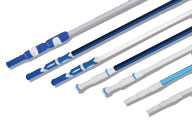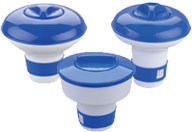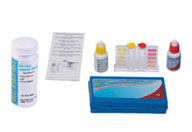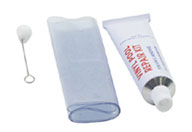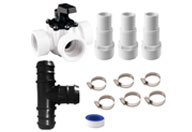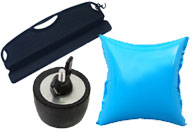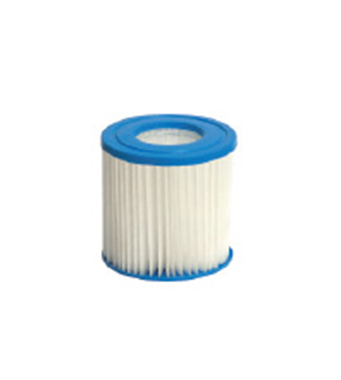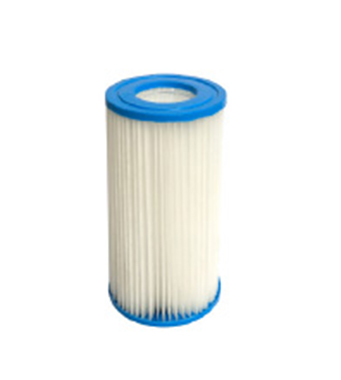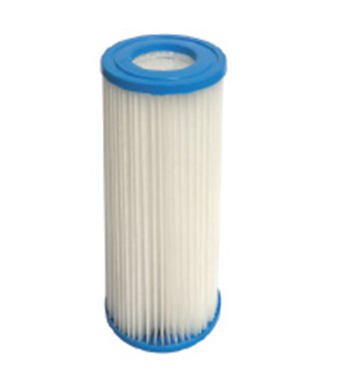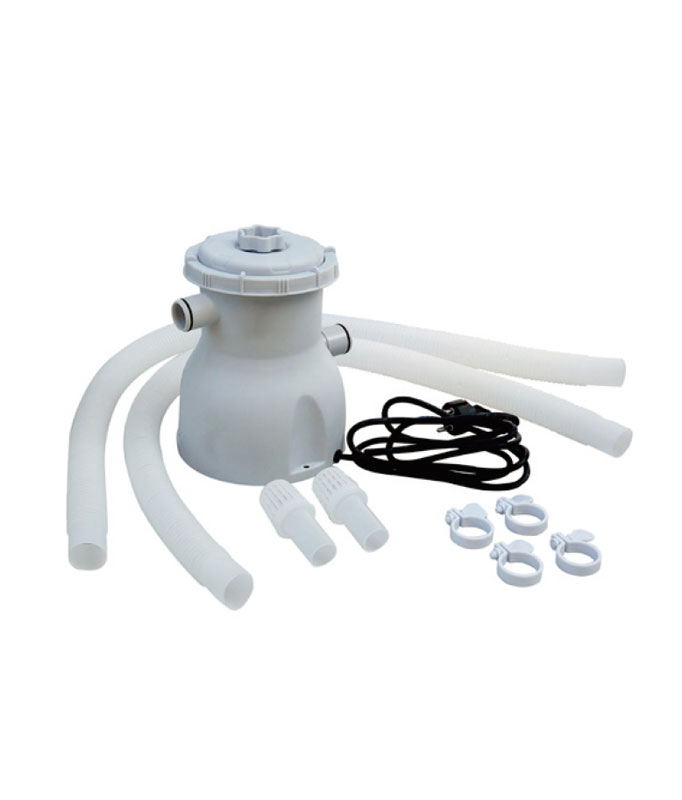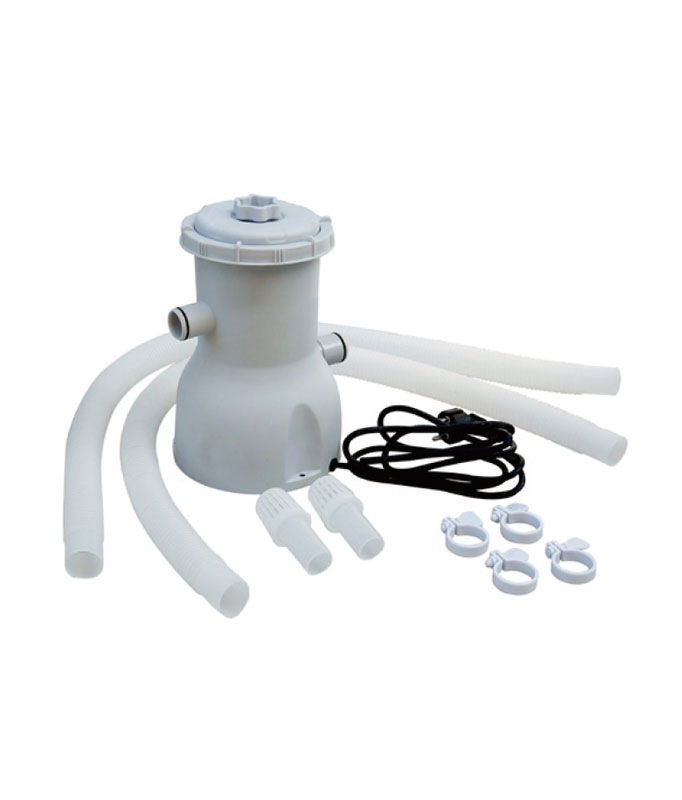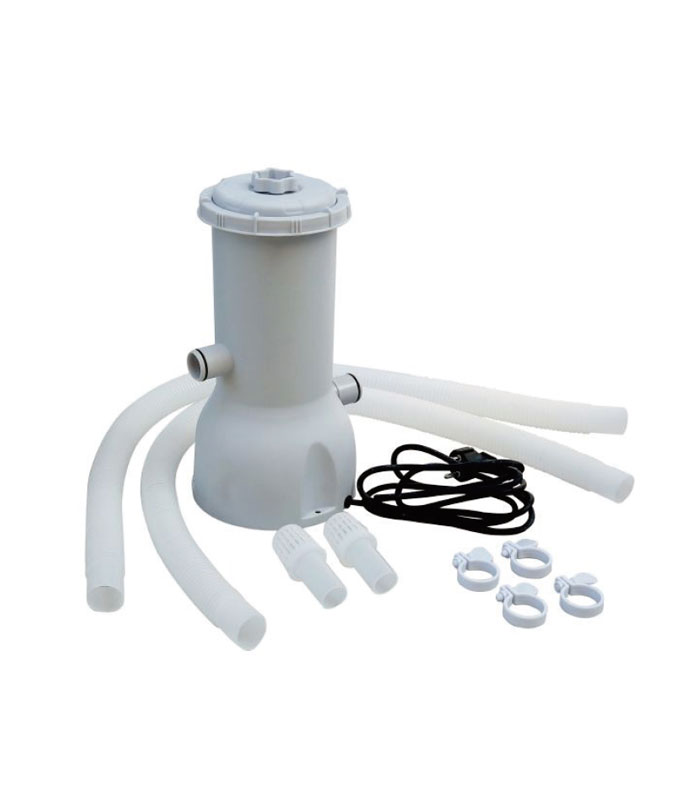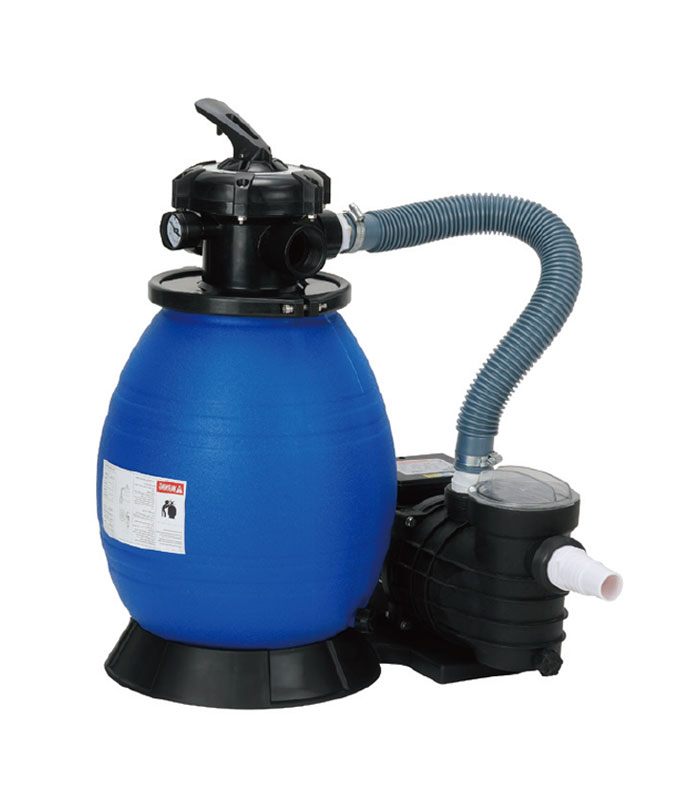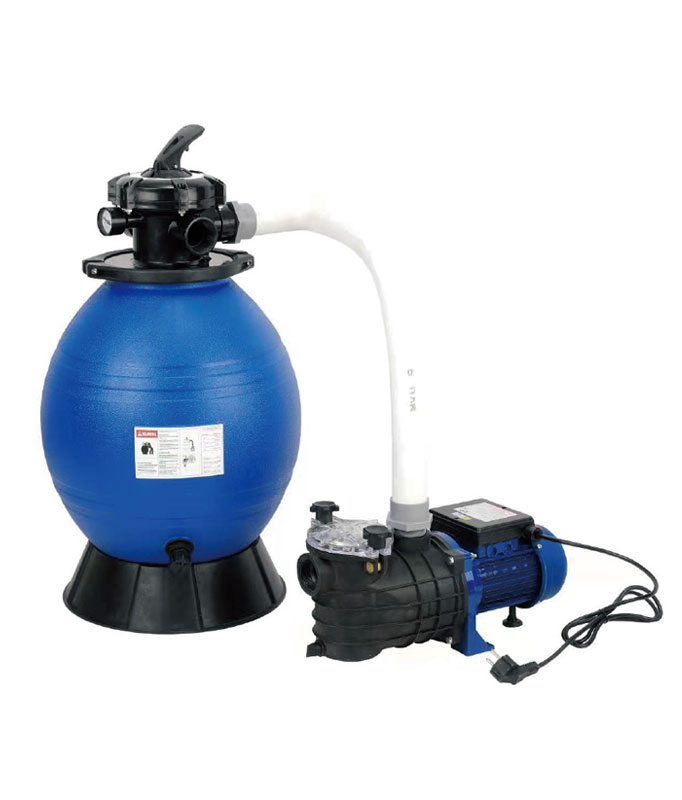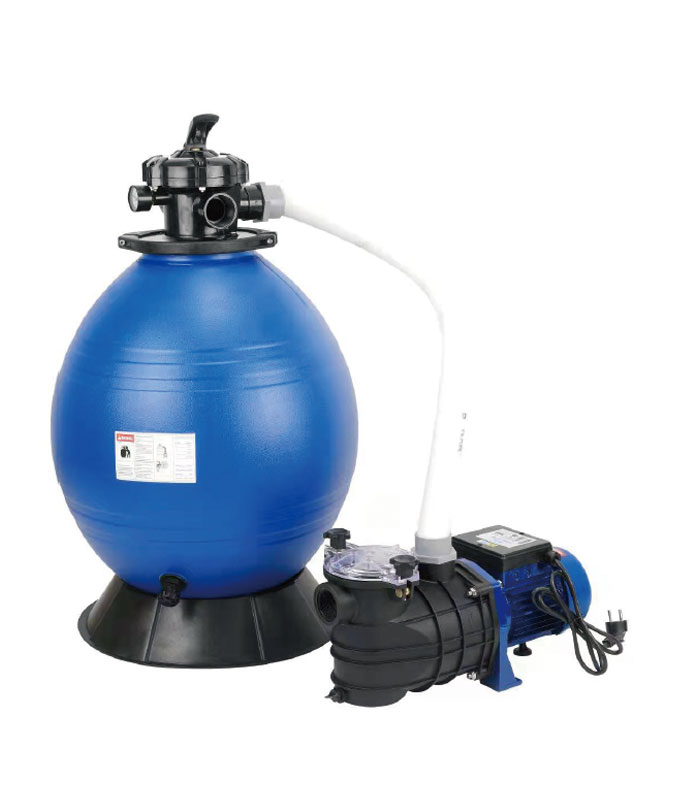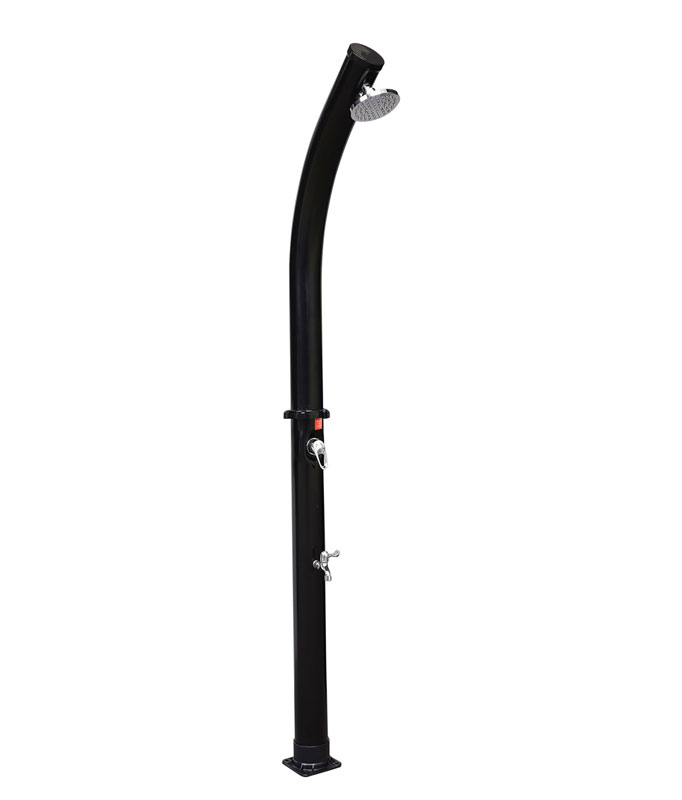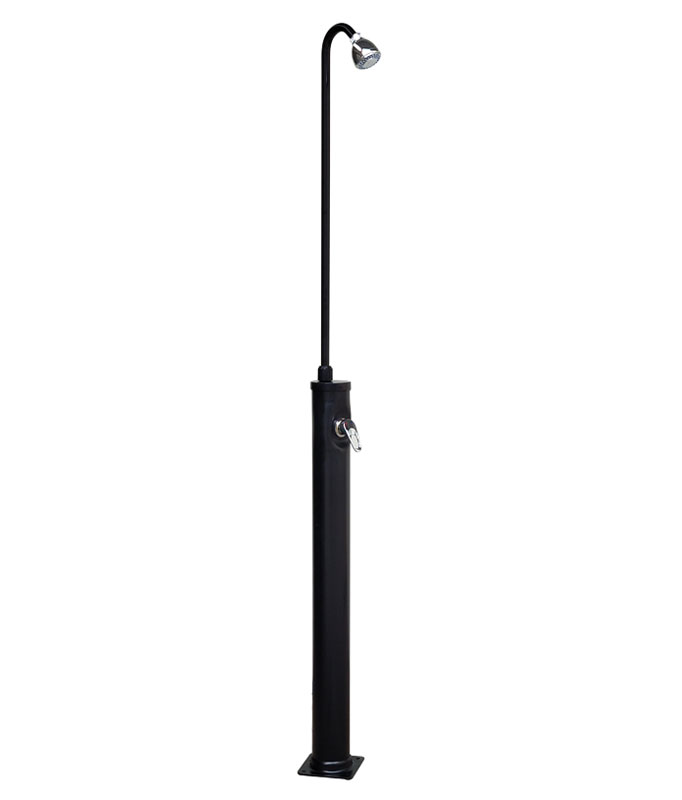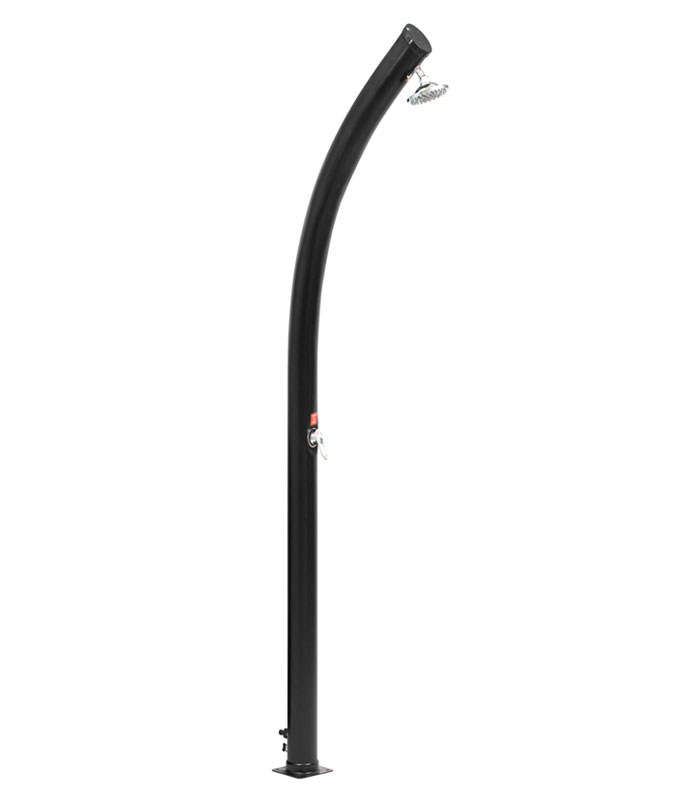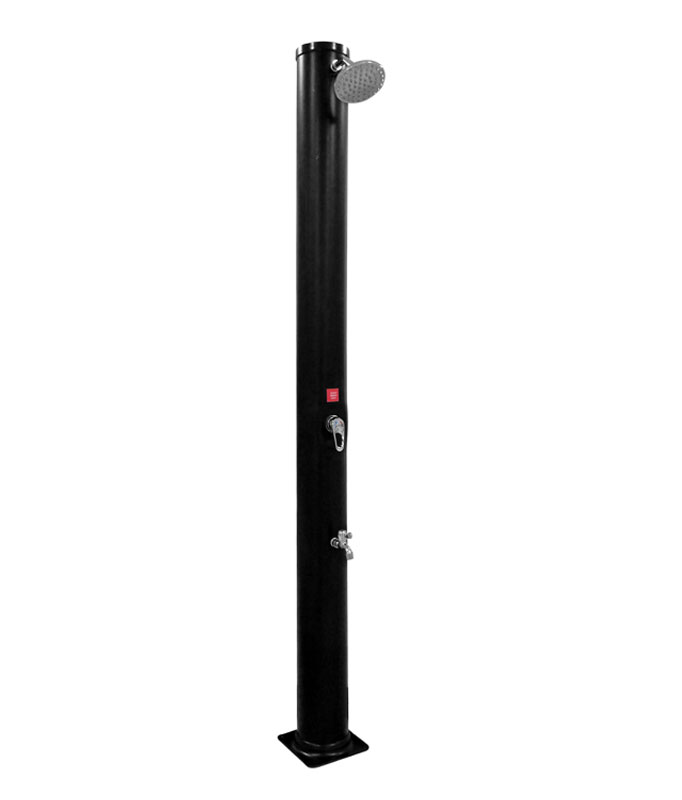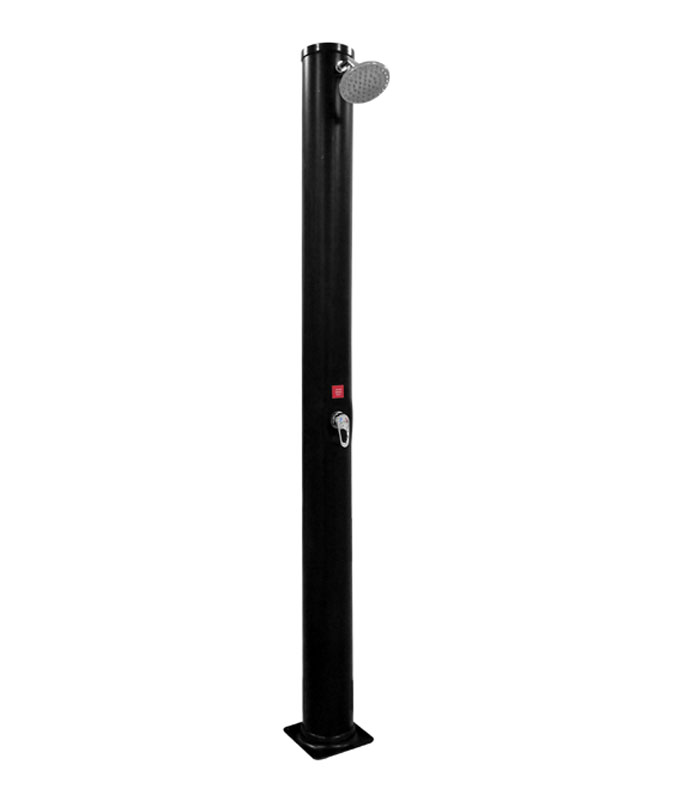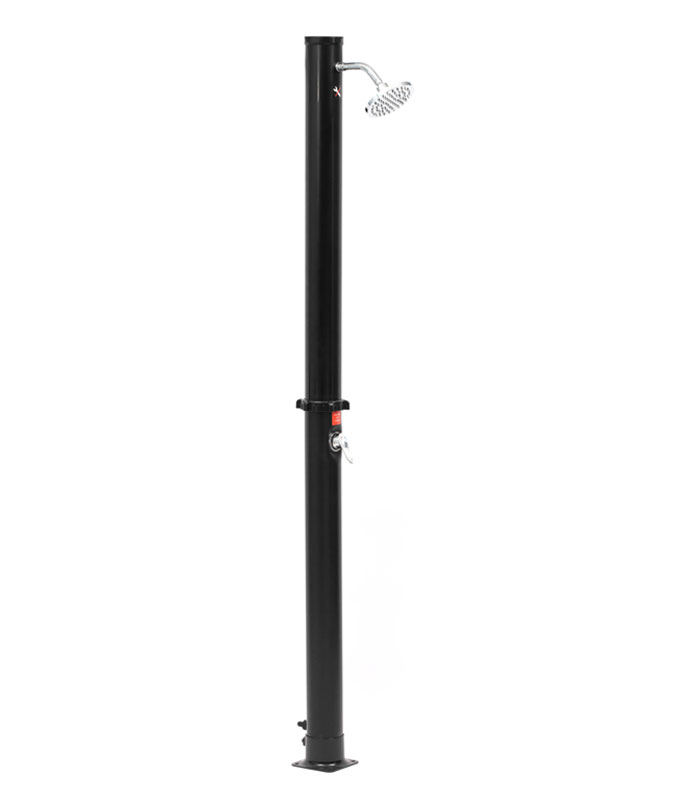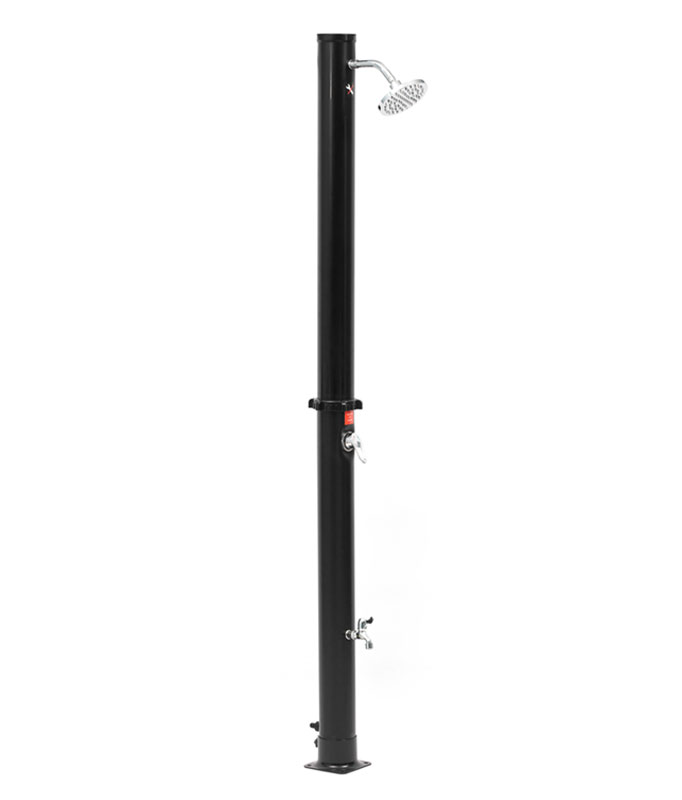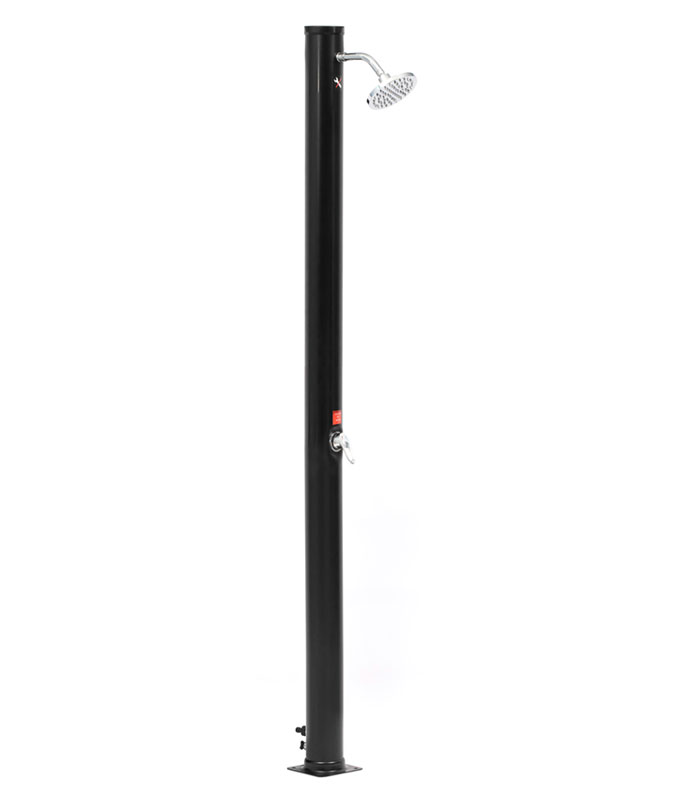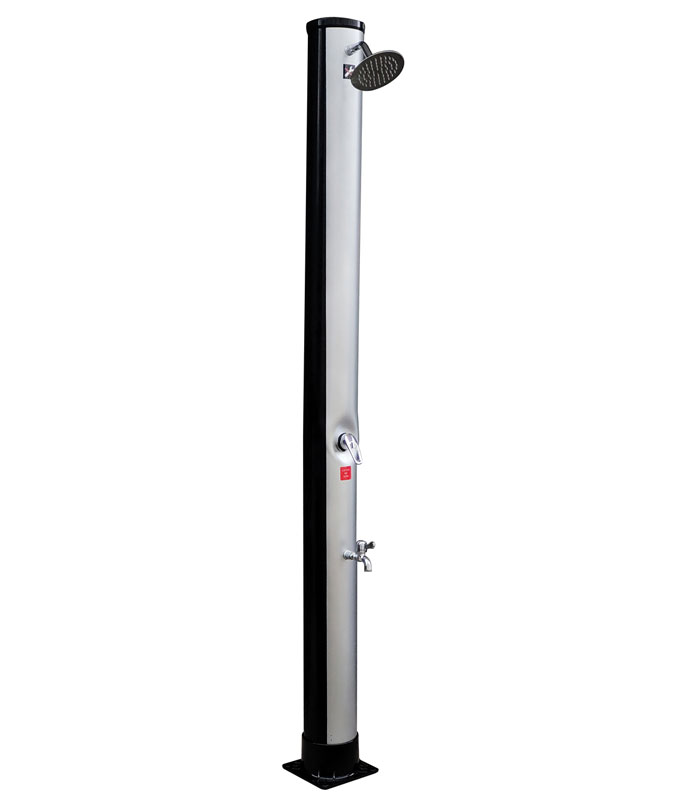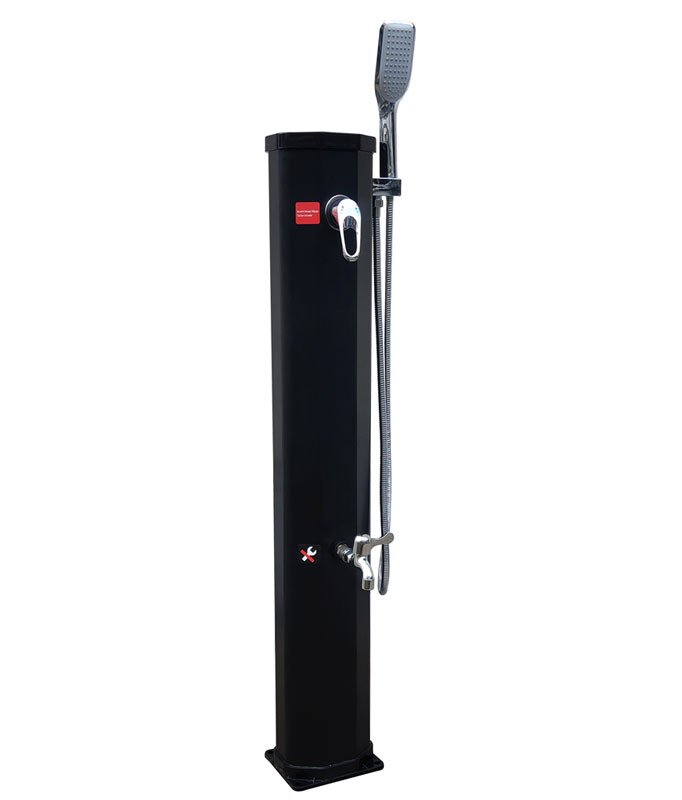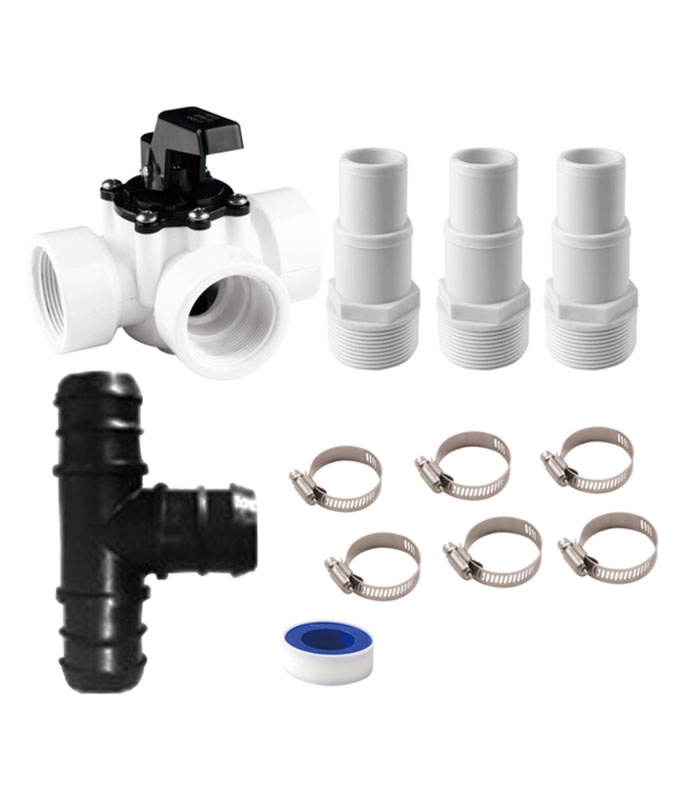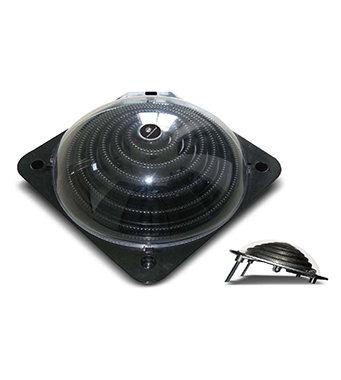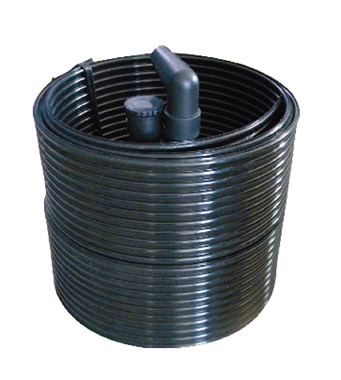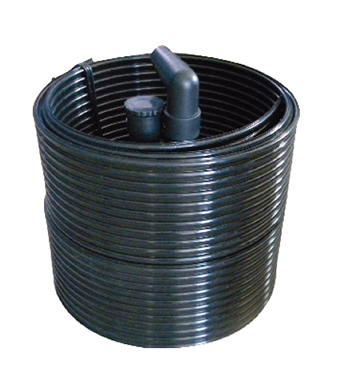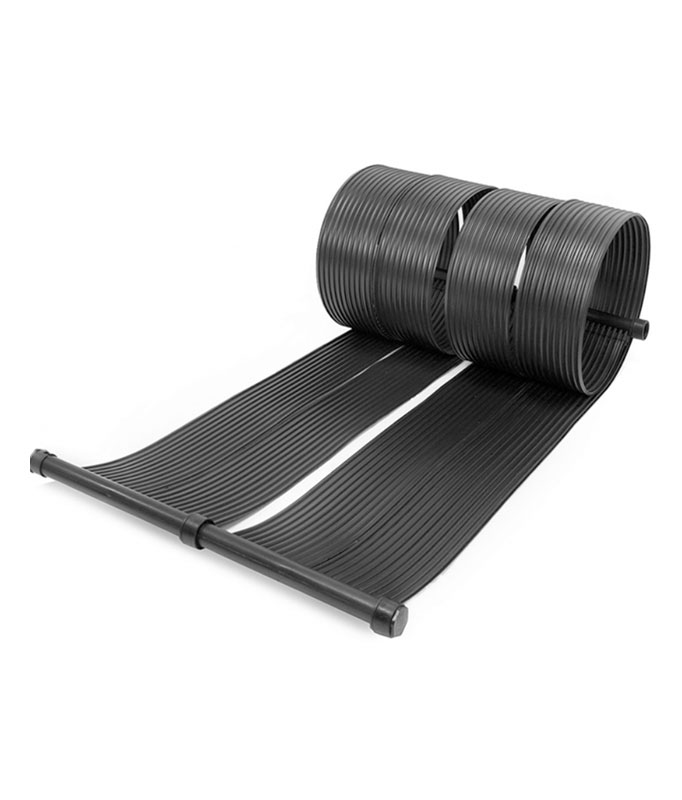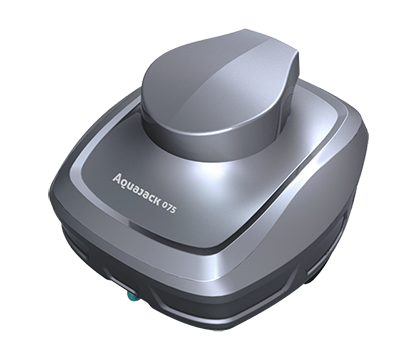
You need the right filter capacity to keep your pool clean and your robotic pool cleaner running well. Think about the size of your pool and the debris you see every day. The 4L Filter Capacity: Robotic Pool Cleaner’s High-Volume Containment Test shows how much a cleaner can handle. Check out https://www.cnpoolstar.com/product/aquajack-800-cordless-robotic-pool-cleaner-440.html for more details.
Key Takeaways
- Choose a filter size that fits your pool’s size and the amount of debris it collects to keep your pool clean and reduce filter emptying.
- Match the filter’s micron rating to the type of debris—use finer filters for dust and sand, and larger filters or leaf bags for big leaves and twigs.
- Check and clean your filter regularly, and switch filters with the seasons to keep your robotic pool cleaner working efficiently all year.
What Filter Capacity Do You Need?
Pool Size and Filter Volume
When you choose a robotic pool cleaner, you need to match the filter capacity to your pool’s size. A small pool collects less debris, so a smaller filter works well. Large pools need bigger filters because they gather more dirt and leaves.
-
Small Pools (up to 10,000 gallons):
You can use a filter with a lower capacity. These pools do not need to hold as much debris.
-
Medium Pools (10,000–20,000 gallons):
You should look for a medium-sized filter. This helps you avoid emptying the filter too often.
-
Large Pools (over 20,000 gallons):
You need a high-capacity filter. Large pools collect more debris, especially if you have trees nearby.
Tip:
If you have a large pool, a bigger filter saves you time. You will not need to stop and clean the filter as often.
Debris Type and Micron Ratings
The type of debris in your pool changes the filter you need. Some pools collect large leaves and twigs. Others have fine dust, sand, or even algae. You need to check the micron rating of the filter. The micron rating tells you the smallest particle the filter can catch.
| Debris Type |
Recommended Micron Rating |
Filter Type |
|
Leaves & Twigs |
100 microns or higher |
Standard/Leaf Bag |
|
Fine Dust & Sand |
50 microns or lower |
Ultra-Fine Filter |
|
Mixed Debris |
50–100 microns |
Combo/Standard |
If you see a lot of fine particles in your pool, you need a filter with a lower micron rating. This filter traps tiny dirt and keeps your water clear. If you mostly see large debris, you can use a filter with a higher micron rating.
Note:
Ultra-fine filters can clog quickly if you have lots of leaves. You may need to clean them more often.
Cleaning Frequency and Maintenance
How often you clean your pool also affects your filter choice. If you run your robotic cleaner every day, you can use a smaller filter. Daily cleaning means less debris builds up each time.
If you clean your pool once a week, you need a larger filter. Weekly cleaning lets more debris collect, so your filter must hold more.
-
Daily Cleaning:
Smaller filter capacity is enough. You will empty it less often.
-
Weekly Cleaning:
Larger filter capacity works better. You avoid stopping the cleaner to empty the filter.
-
Seasonal Changes:
In the fall, you may see more leaves. You might need to switch to a larger filter or clean more often.
Pro Tip:
Check your filter after each cleaning cycle. A full filter can slow down your robotic cleaner and reduce cleaning power.
What Is Filter Capacity and Why Does It Matter?
Definition of Filter Capacity
Filter capacity tells you how much debris your robotic pool cleaner can hold before you need to empty it. You can think of it as the size of the basket or bag inside your cleaner. A larger filter capacity means your cleaner can pick up more dirt, leaves, and sand in one cleaning cycle.
You will often see filter capacity measured in liters (L). For example, a 4-liter filter can hold more debris than a 2-liter filter. If you have a pool that collects a lot of leaves or dirt, you need a higher filter capacity. If your pool stays mostly clean, a smaller filter may work for you.
Tip:
Always check the filter size before you buy a robotic pool cleaner. The right size saves you time and effort.
How Filter Capacity Impacts Cleaning Performance
Filter capacity affects how well your robotic pool cleaner works. When the filter fills up, the cleaner cannot pick up more debris. This means your pool may not get as clean as you want.
A larger filter lets your cleaner run longer without stopping. You do not need to empty it as often. This is helpful if you have a big pool or lots of debris. A small filter may fill up quickly, so you must pause cleaning to empty it.
- Large filter: Fewer stops, better for big pools or heavy debris.
- Small filter: More stops, best for light cleaning or small pools.
If you want your pool cleaner to work at its best, match the filter capacity to your pool’s needs. This keeps your water clear and your cleaner running smoothly.
Types of Filters in Robotic Pool Cleaners
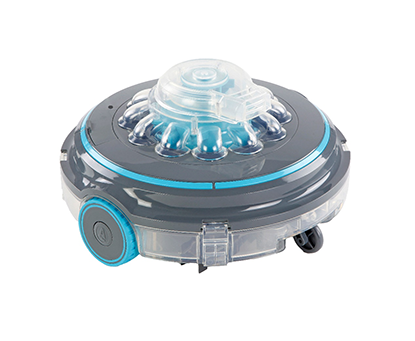
Standard Filters
Standard filters work well for most pools. You can use them to catch common debris like leaves, small twigs, and dirt. These filters usually have a medium micron rating. They do not trap the smallest particles, but they handle everyday cleaning jobs. You will find standard filters easy to clean and maintain.
- Best for: Regular cleaning, pools with mixed debris
- Micron rating: 50–100 microns
Tip:
If you want a balance between cleaning power and easy maintenance, choose a standard filter.
Ultra-Fine Filters
Ultra-fine filters trap the smallest particles in your pool. You can use them to catch fine dust, sand, pollen, and even algae. These filters have a low micron rating, often below 50 microns. Your pool water will look crystal clear after using an ultra-fine filter.
- Best for: Pools with fine dust, sand, or cloudy water
- Micron rating: 10–50 microns
Note:
Ultra-fine filters may clog quickly if your pool has many leaves or large debris.
Oversized and Leaf Bags
Oversized filters and leaf bags hold a lot of debris. You can use them if your pool collects many leaves, acorns, or large twigs. These filters have a high capacity, so you do not need to empty them often. Leaf bags usually have a higher micron rating, so they do not trap fine dust.
- Best for: Pools under trees, heavy leaf fall, or after storms
- Micron rating: 100 microns or higher
Pro Tip:
Use a leaf bag during fall or after windy days to save time on cleaning.
Pros and Cons of Each Filter Type
Standard Filters: When to Use
Standard filters give you a good balance for everyday pool cleaning. You can use them if your pool collects both small and large debris. These filters work well for most homes.
Pros:
- Easy to clean and maintain
- Handles mixed debris like leaves and dirt
- Usually lasts a long time
Cons:
- May miss very fine particles
- Can clog if you have heavy leaf fall
Tip:
Use a standard filter for regular cleaning. Switch to a different filter if you notice cloudy water or lots of fine dust.
Ultra-Fine Filters: Best Uses
Ultra-fine filters help you catch the smallest particles. You should use them if your pool often looks cloudy or if you see sand and dust on the floor.
Pros:
- Traps fine dust, pollen, and even algae
- Makes pool water look crystal clear
Cons:
- Fills up quickly with large debris
- Needs more frequent cleaning
|
Best For |
Not Ideal For |
|
Dusty environments |
Heavy leaf fall |
|
Sand or pollen |
Large twigs or acorns |
Note:
Always check the filter after each use. A full ultra-fine filter can slow down your cleaner.
Oversized/Leaf Bags: Ideal Scenarios
Oversized filters and leaf bags help you manage pools with lots of leaves or big debris. You should use them during fall or after storms.
Pros:
- Holds a large amount of debris
- Reduces the number of times you need to empty the filter
Cons:
- Does not trap fine dust or sand
- May let small particles pass through
Pro Tip:
Use a leaf bag when you expect lots of leaves. Switch back to a finer filter for regular cleaning.
Matching Filter Capacity to Pool Conditions
Pools with Lots of Leaves or Large Debris
You may notice your pool collects many leaves, twigs, or even acorns, especially if you have trees nearby. In this case, you need a filter with a large capacity. Oversized filters or leaf bags work best for these conditions. These filters can hold more debris, so you do not have to stop and empty them often.
- Choose a filter with a high micron rating (100 microns or more).
- Use a leaf bag during fall or after storms.
- Check the filter after each cleaning cycle to make sure it does not overflow.
Tip: If you see your filter filling up quickly, empty it before the next cleaning. This keeps your robotic cleaner working at its best.
Pools with Fine Dust, Sand, or Algae
Some pools collect fine particles like dust, sand, or even algae. You need an ultra-fine filter for these conditions. Ultra-fine filters trap tiny particles and help keep your water clear.
| Debris Type |
Best Filter |
Micron Rating |
|
Dust/Sand |
Ultra-Fine |
10–50 |
|
Algae |
Ultra-Fine |
10–20 |
You should clean ultra-fine filters often. Fine debris can clog them quickly.
Note: If your pool looks cloudy, switch to an ultra-fine filter for a few cleaning cycles.
Pools with Mixed Debris
Many pools have both large and small debris. You need a filter that can handle both types. Standard filters or combo filters work well for mixed debris. These filters balance capacity and filtration.
- Use a standard filter for everyday cleaning.
- Switch to a leaf bag if you expect heavy leaf fall.
- Try an ultra-fine filter if you notice fine dust or cloudy water.
You can change filters as your pool’s needs change. This helps you keep your pool clean all season long.
4L Filter Capacity: Robotic Pool Cleaner’s High-Volume Containment Test
Benefits of High-Volume Filters
You want your pool cleaner to work longer without stopping. The 4L Filter Capacity: Robotic Pool Cleaner’s High-Volume Containment Test shows how much debris your cleaner can hold. With a high-volume filter, you spend less time emptying the basket. You let your robotic cleaner finish the job in one cycle. This means you get a cleaner pool with less effort.
A 4L Filter Capacity: Robotic Pool Cleaner’s High-Volume Containment Test helps you handle pools with lots of leaves or dirt. You do not need to worry about the filter filling up too fast. You also protect your cleaner’s motor because it does not get clogged as quickly. Many pool owners see better cleaning results when they use a larger filter.
Tip: If you have a big pool or lots of debris, a high-volume filter saves you time and energy.
When to Choose a 4L Filter Capacity
You should consider the 4L Filter Capacity: Robotic Pool Cleaner’s High-Volume Containment Test if you have a large pool or if your pool collects a lot of debris. Pools near trees or in windy areas often need this extra capacity. You also benefit from the 4L Filter Capacity: Robotic Pool Cleaner’s High-Volume Containment Test during the fall when leaves drop quickly.
Here are some signs you need a 4L Filter Capacity: Robotic Pool Cleaner’s High-Volume Containment Test:
- You empty your filter more than once per cleaning.
- Your pool looks dirty after storms or windy days.
- You want to run your cleaner less often.
A 4L Filter Capacity: Robotic Pool Cleaner’s High-Volume Containment Test gives you peace of mind. You know your cleaner can handle tough jobs without stopping.
Practical Guide to Choosing the Right Filter
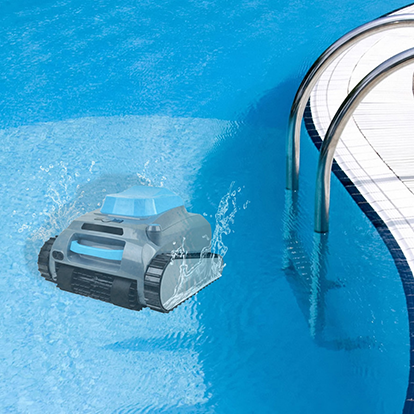
Checklist for Selecting Filter Capacity
Choosing the right filter for your robotic pool cleaner helps you keep your pool clean and your maintenance easy. Use this checklist to guide your decision:
-
Measure Your Pool Size
Find out how many gallons your pool holds. Larger pools need bigger filters.
-
Identify Common Debris
Look at what falls into your pool. Do you see mostly leaves, sand, or a mix?
-
Check Micron Ratings
Match the filter’s micron rating to the debris. Lower ratings catch fine dust. Higher ratings work for leaves and twigs.
-
Decide Cleaning Frequency
If you clean daily, a smaller filter works. For weekly cleaning, choose a larger filter.
-
Consider Filter Type
Pick standard, ultra-fine, or oversized filters based on your pool’s needs.
Tip:
Always check your filter after each cleaning cycle. A full filter can slow down your cleaner.
Tips for Seasonal Adjustments
Your pool’s needs change with the seasons. Adjust your filter choice to match the time of year.
| Season |
Common Debris |
Best Filter Type |
Capacity Needed |
|
Spring |
Pollen, fine dust |
Ultra-fine |
Medium |
|
Summer |
Mixed debris |
Standard |
Medium |
|
Fall |
Leaves, twigs |
Oversized/Leaf bag |
Large |
|
Winter |
Minimal debris |
Standard/Ultra-fine |
Small/Medium |
Note:
Switch to a leaf bag in the fall. Use an ultra-fine filter after storms or windy days for best results.
- Choose the right filter capacity to keep your pool clean and healthy.
- Match your filter to the type of debris you see most often.
- Switch filters as your pool’s needs change.
Tip: Regularly check your filter. This simple step helps your robotic pool cleaner work its best.
FAQ
How often should you clean your robotic pool cleaner’s filter?
You should check and clean the filter after every use. A clean filter helps your robotic cleaner work better and keeps your pool water clear.
Can you use different filters for different seasons?
Yes! You can switch filters based on the season. Use a leaf bag in fall and an ultra-fine filter in spring for pollen and dust.
What happens if you do not empty the filter regularly?
A full filter slows down your cleaner. It cannot pick up more debris. You may see dirt left in your pool if you skip cleaning the filter.

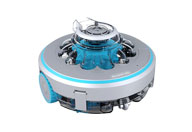 Robotic Pool Cleaner
Robotic Pool Cleaner 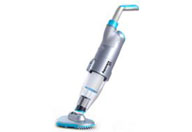 Portable Pool Vacuum Cleaner
Portable Pool Vacuum Cleaner 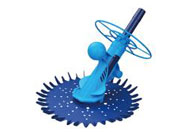 Automatic Pool Cleaner
Automatic Pool Cleaner 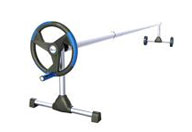 Pool Cover Reel
Pool Cover Reel 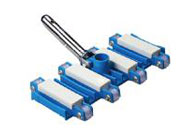 Pool Cleaning Accessories
Pool Cleaning Accessories 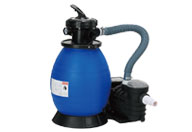 Pool Filter Pump
Pool Filter Pump 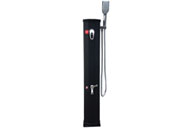 Pool Solar Shower
Pool Solar Shower 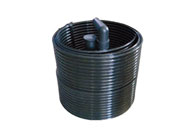 Pool Solar Collector
Pool Solar Collector 